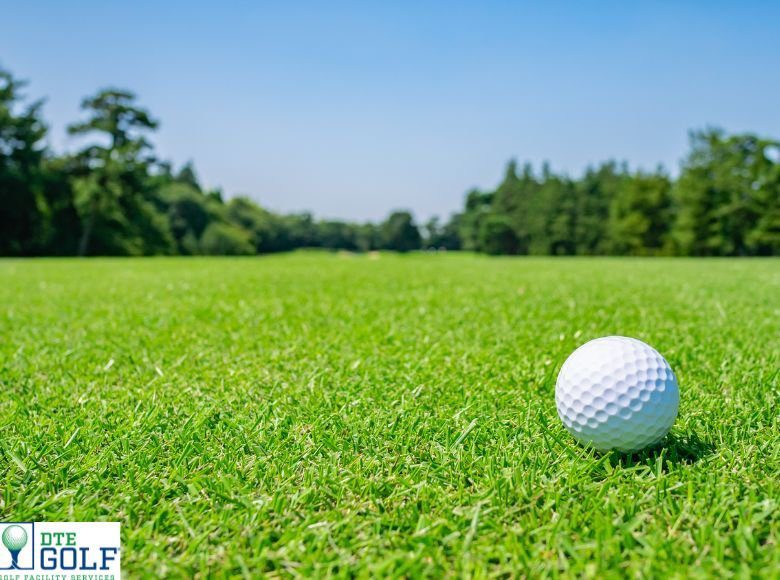Shade can make grass look bad and not grow well on golf courses, mostly in very sunny places like Florida. Picking grasses that do okay in shady spots is important for keeping the golf course looking pretty and playable.
In this articles we’ll explains what shade tolerance means and why it matters. We’ll also covers key things to think about when choosing shade-tolerant grasses, like their light needs, the soil, upkeep, and looks.
We’ll gives you tips for managing shady grass areas through proper grass care, improving soil, and controlling pests and disease. Also, let’s understand how partnering with DTE Golf® will help you.
What is Shade Tolerance?
Shade tolerance means how good a grass type is at growing when it doesn’t get a whole lot of sun. In the shady parts of golf courses, the grass has to fight for sunlight. This can make the grass get thin, weak, and attract bugs and diseases more easily.
Factors to Consider When Choosing Turf Varieties
Light Needs:
Different grasses need different amounts of light. Some like full sun, but others are okay with part shade or even a lot of shade.
Soil:
How good the soil is and how much water it holds matters a lot for grass health. Knowing what the soil is like in shady spots helps pick the right grass.
Upkeep:
Think about how much work each grass needs, like how often to mow, adding fertilizer, and keeping bugs away. This helps keep it well-cared for.
Looks:

Choose grasses that can handle shade but also look nice with the rest of the golf course grass, keeping it all matched up and pretty.
Managing Shady Grass
Grass Care:
Doing things like mowing shorter, watering more, and using fertilizer made for shade helps the grass cope better and not get too stressed.
Soil Helpers:
Having good soil that’s not too packed down and adding compost lets roots grow strong and soak up nutrients easier, helping with shade tolerance.
Bug and Disease Fighters:
Shady grass gets bugs and diseases more often. Using good bug sprays and methods to stop diseases keeps the grass healthy and safe.
Managing Shade Tolerance
Tree Situation:
How thick the trees are and where they’re planted affects how much sun hits the grass. Understanding the trees helps figure out shadiness and choose grassy areas.
Little Climate:
Small changes in temperature, moisture, and airflow in shady spots change how well the grass grows. Knowing these details helps take better care to avoid stress.
DTE Golf® Solutions:
Grass Planting:
Our experts can plant grasses that like shade, making sure it covers nice and looks good in those darker areas.
Tree Helpers:
Our tree care with trimming branches and sometimes removing trees can let in more sunlight where needed.
Golf Course Construction
Picking Spots and Designing:
Whether updating old areas or making brand new ones, our designers think about which grasses need more or less shade when planning the whole course layout.
Caring About Nature:
We use planet-friendly methods that protect the environment when building courses, balancing shade-loving grasses with keeping nature happy too.
Water Smarts:
Our water management plans tackle dry and wet issues from too much or too little shade, keeping sprinklers working right for healthy grass.
Bug Battle:
Our pest control plans zap common shady area bugs, protecting grass without hurting nature and animals.
Partner with DTE Golf®
With over 30 years helping Florida golf courses, DTE Golf® are the shade grass pros. From daily grass care to landscaping and building, we aim to give top-notch service that makes you smile. Give us a call today about your shady grass needs and see how DTE Golf® can make your golf course look awesome!
